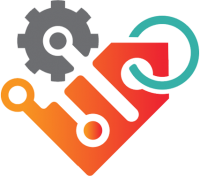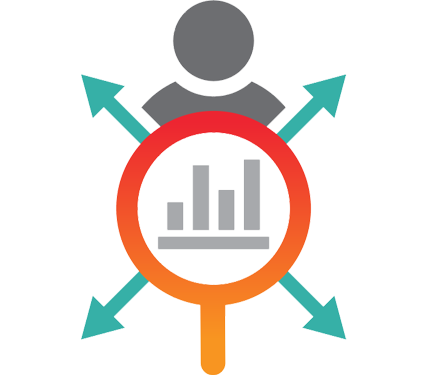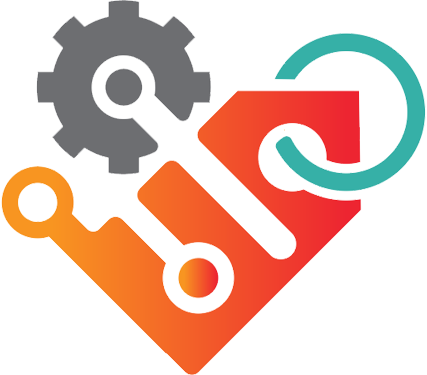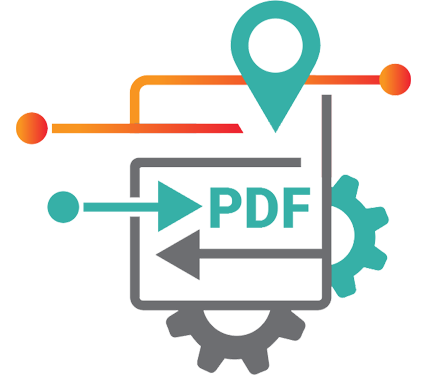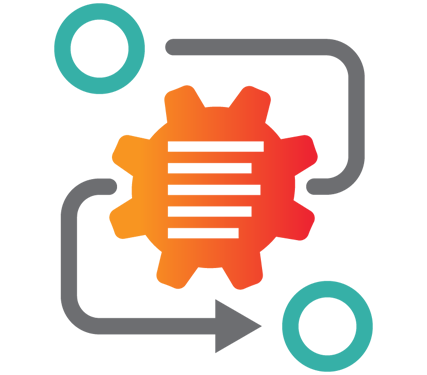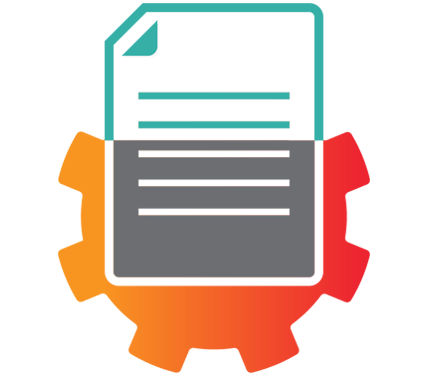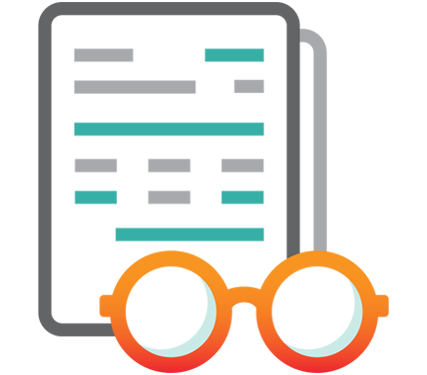Main Page: Difference between revisions
Dgreenwood (talk | contribs) No edit summary |
Dgreenwood (talk | contribs) No edit summary |
||
| Line 12: | Line 12: | ||
|[[Install and Setup]] | |[[Install and Setup]] | ||
|-style="background-color:#fde6cb" valign="top" | |-style="background-color:#fde6cb" valign="top" | ||
|[https://grooper.bisok.com/Documentation/ | |[https://grooper.bisok.com/Documentation/21.0/index.htm#t=Start_Page.htm 2021 Reference and SDK Documentation] | ||
|} | |} | ||
{|cellpadding="15" cellspacing="10" | {|cellpadding="15" cellspacing="10" | ||
| Line 126: | Line 126: | ||
* [https://grooper.bisok.com/Documentation/21.0/index.htm#t=Start_Page.htm 2021 Reference and SDK Documentation] | * [https://grooper.bisok.com/Documentation/21.0/index.htm#t=Start_Page.htm 2021 Reference and SDK Documentation] | ||
* [https://grooper.bisok.com/Documentation/2.90/Main/HTML5/index.htm#t=Start_Page.htm 2.90 Reference Documentation] | * [https://grooper.bisok.com/Documentation/2.90/Main/HTML5/index.htm#t=Start_Page.htm 2.90 Reference Documentation] | ||
|style="width:33%"| | |style="width:33%"| | ||
* [https://blog.bisok.com/webinars Webinars and Video] | * [https://blog.bisok.com/webinars Webinars and Video] | ||
Revision as of 13:14, 8 December 2022
| Getting Started | |||
|
Grooper was built from the ground up by BIS, a company with 35 years of continuous experience developing and delivering new technology. Grooper is an intelligent document processing and digital data integration solution that empowers organizations to extract meaningful information from paper/electronic documents and other forms of unstructured data. The platform combines patented and sophisticated image processing, capture technology, machine learning, natural language processing, and optical character recognition to enrich and embed human comprehension into data. By tackling tough challenges that other systems cannot resolve, Grooper has become the foundation for many industry-first solutions in healthcare, financial services, oil and gas, education, and government. |
Getting Started | ||
| Install and Setup | |||
| 2021 Reference and SDK Documentation | |||
| New in Version 2021 | Featured Use Case | ||||||||||||
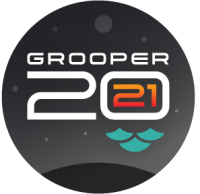 Welcome to Grooper 2021!Grooper version 2021 is here! There's a slew of new features, "under-the-hood" architecture improvements, and simplified redesigns to make this version both easiest to use and provide the most accurate capture capabilities to date.
New feature improvements include:
For more information on these and other improvements, visit the What's New in Grooper 2021 article. |

Discover how they:
|
| Other Resources | |||
|
|||

